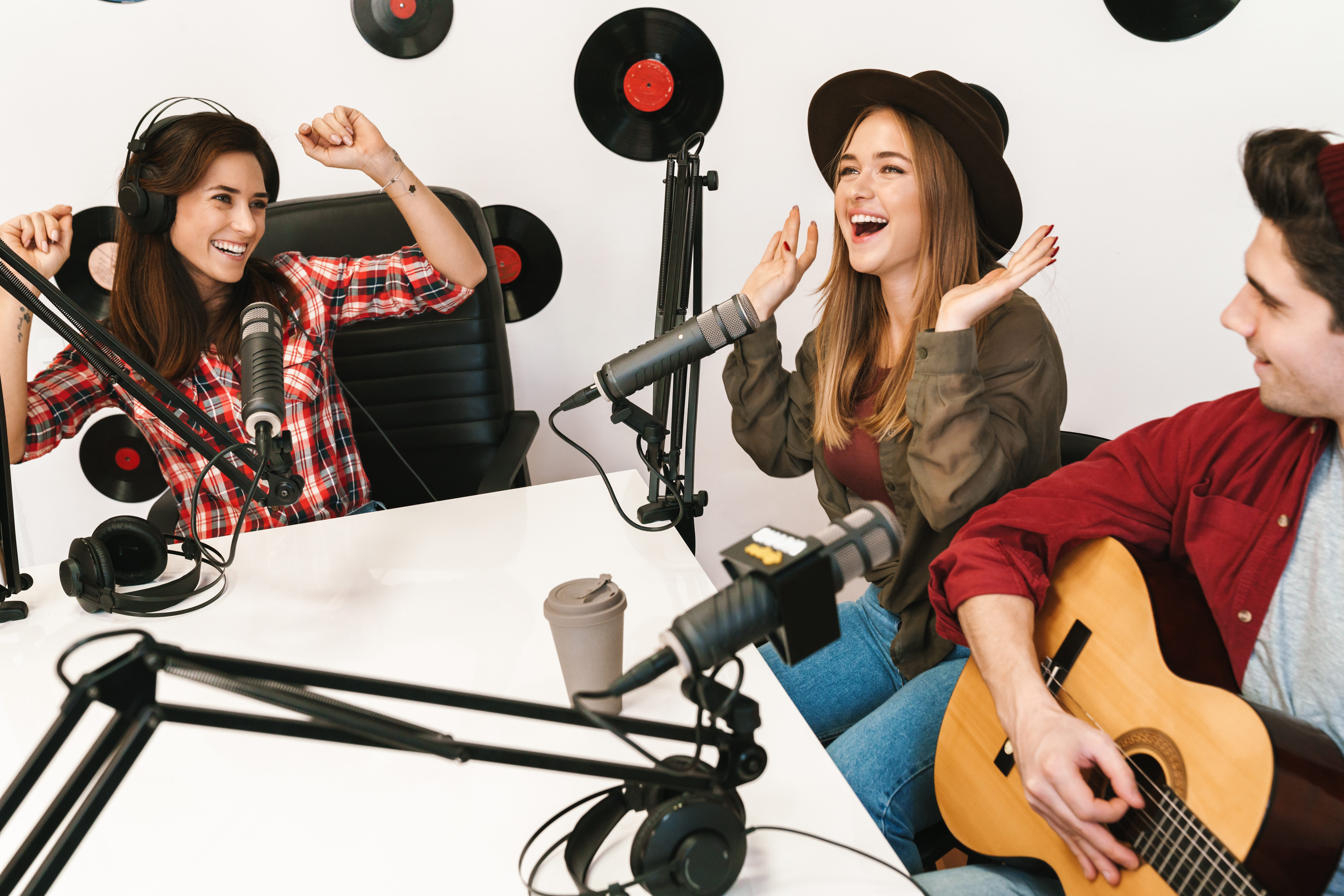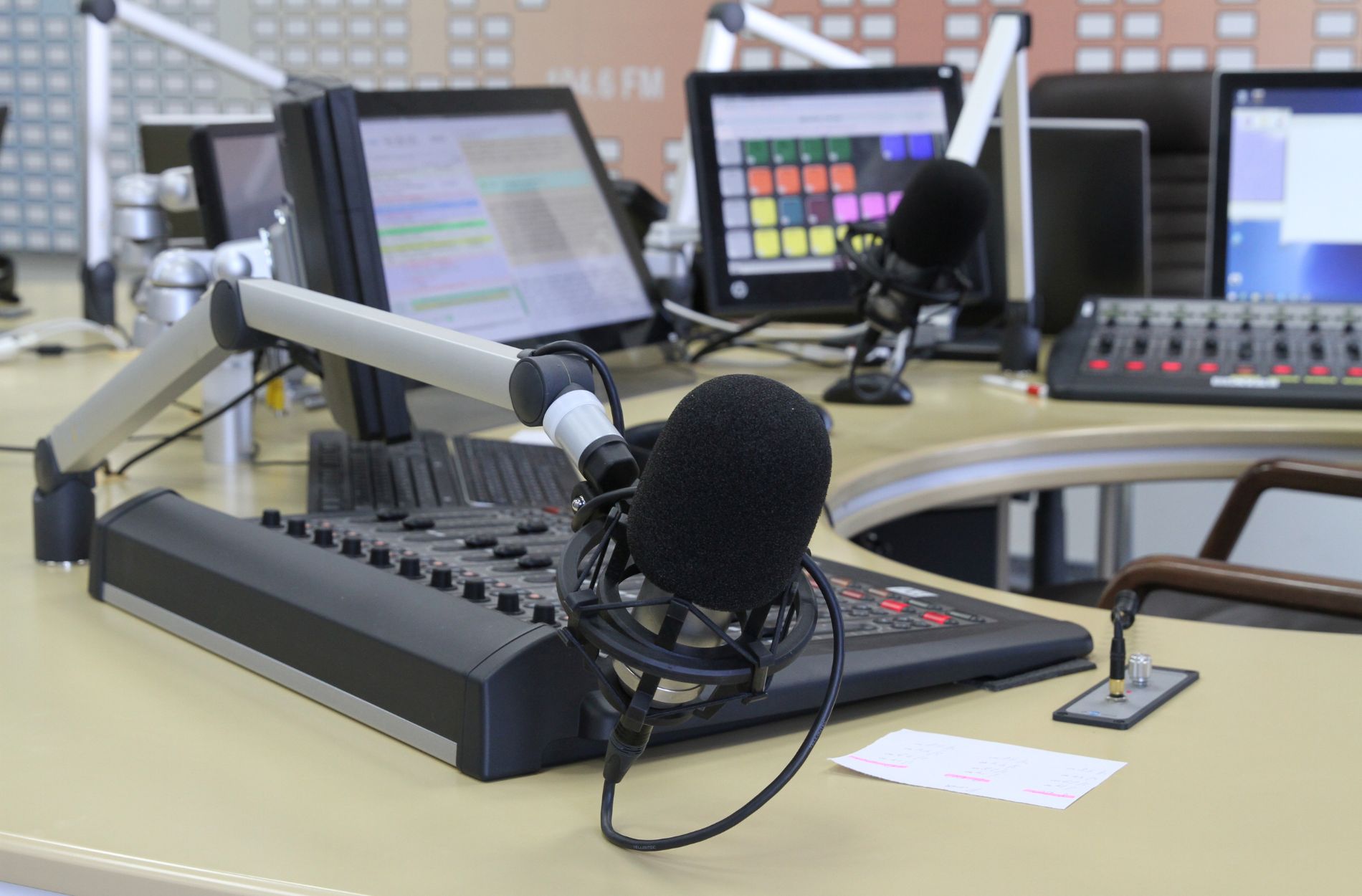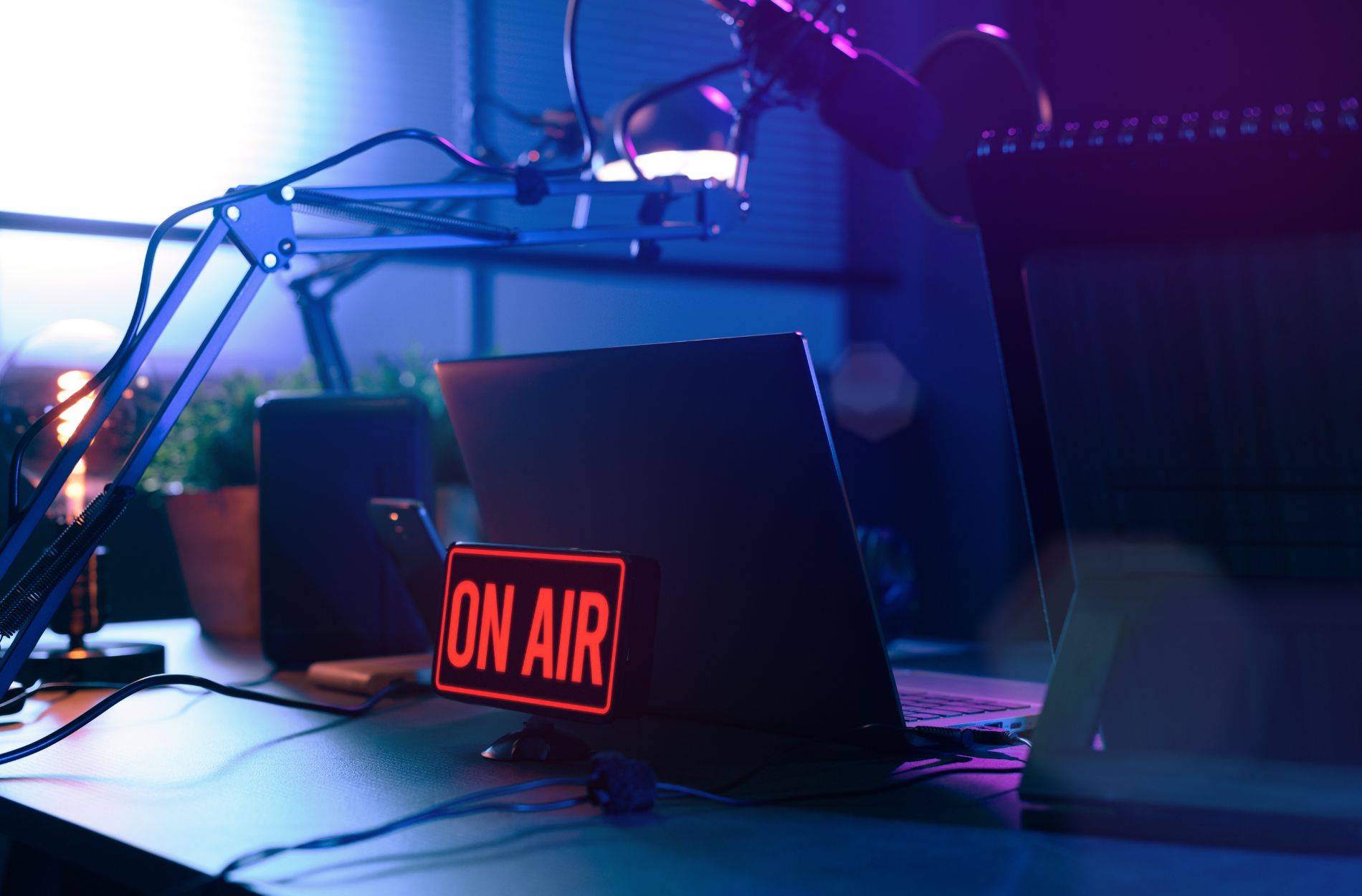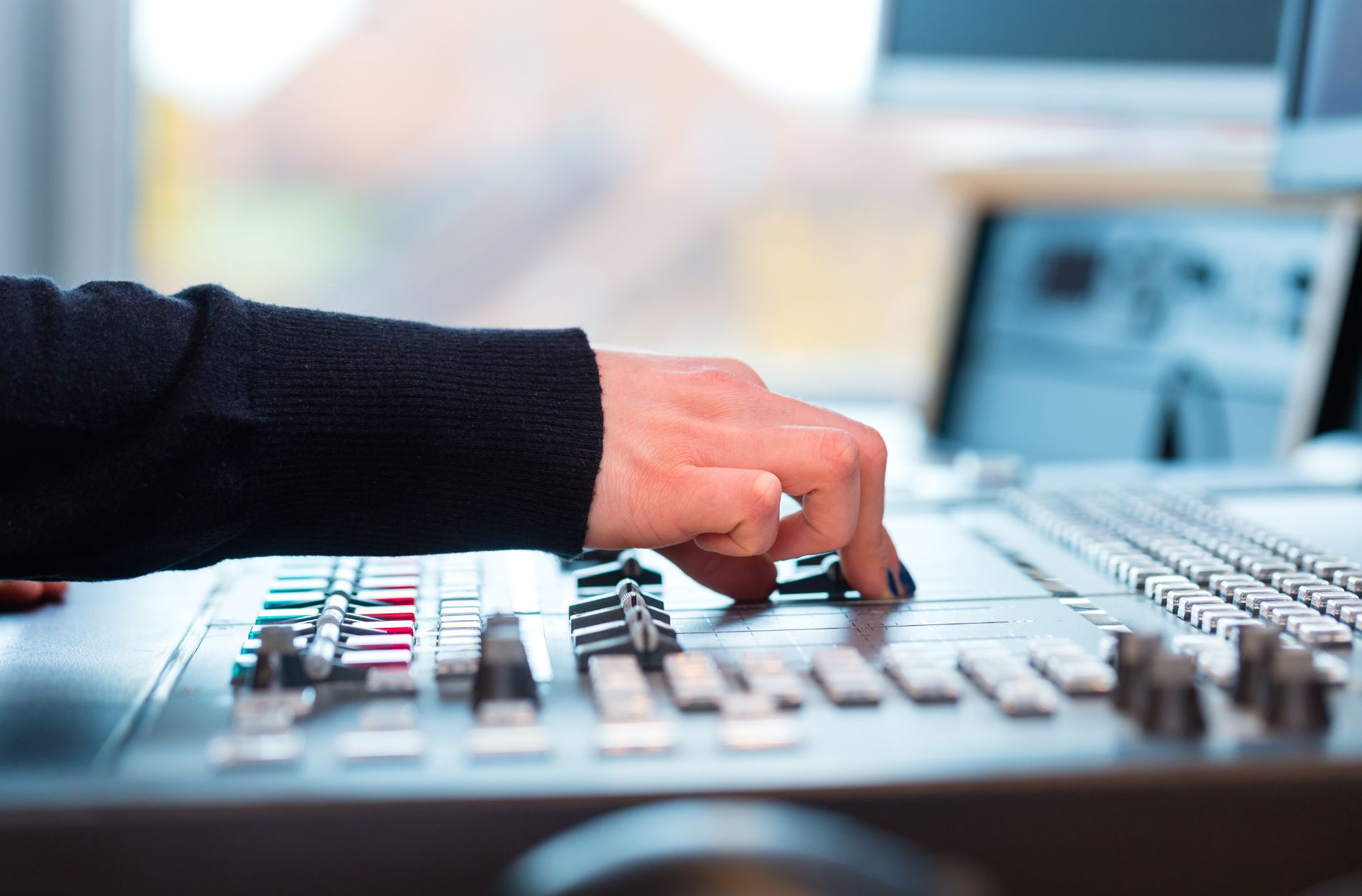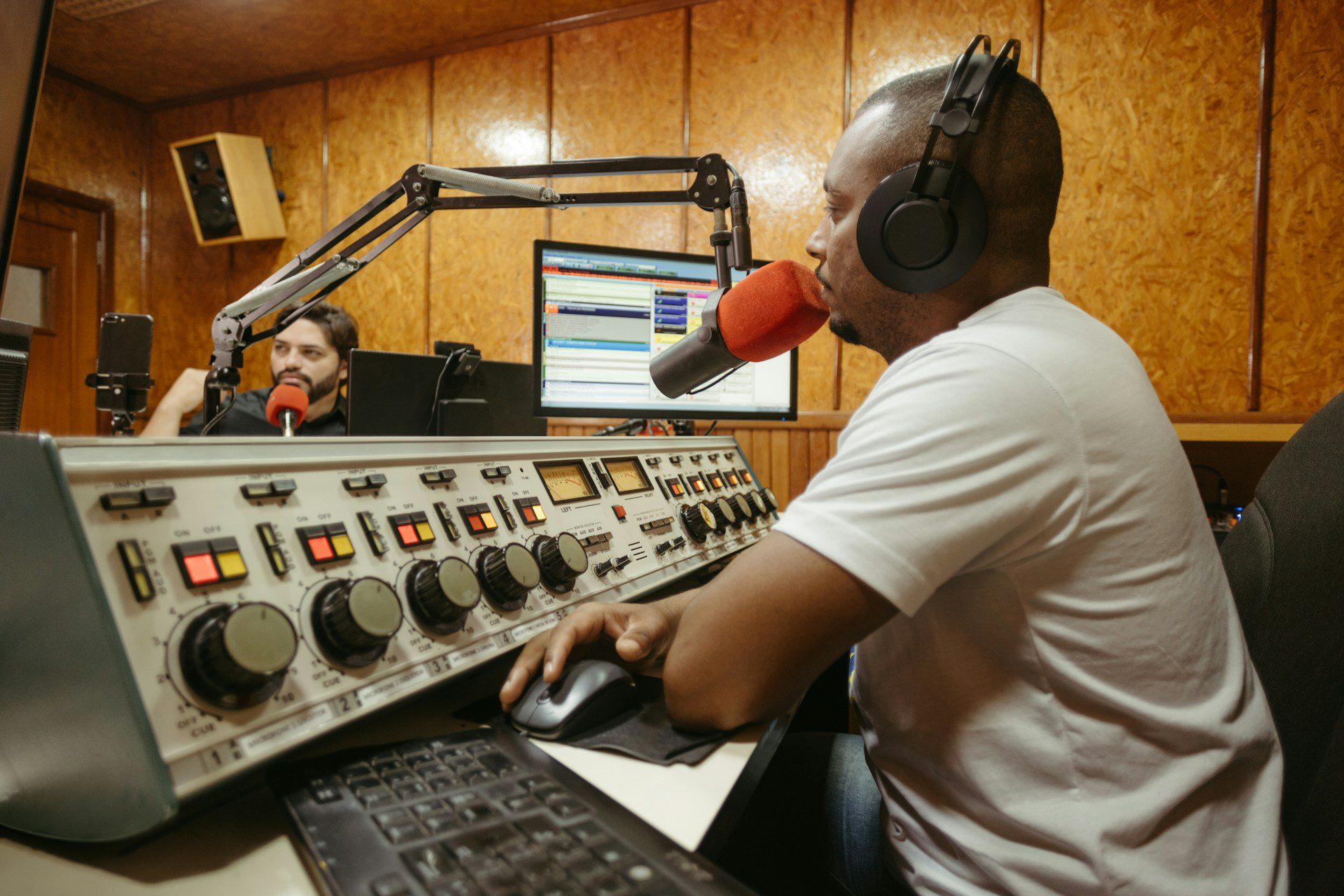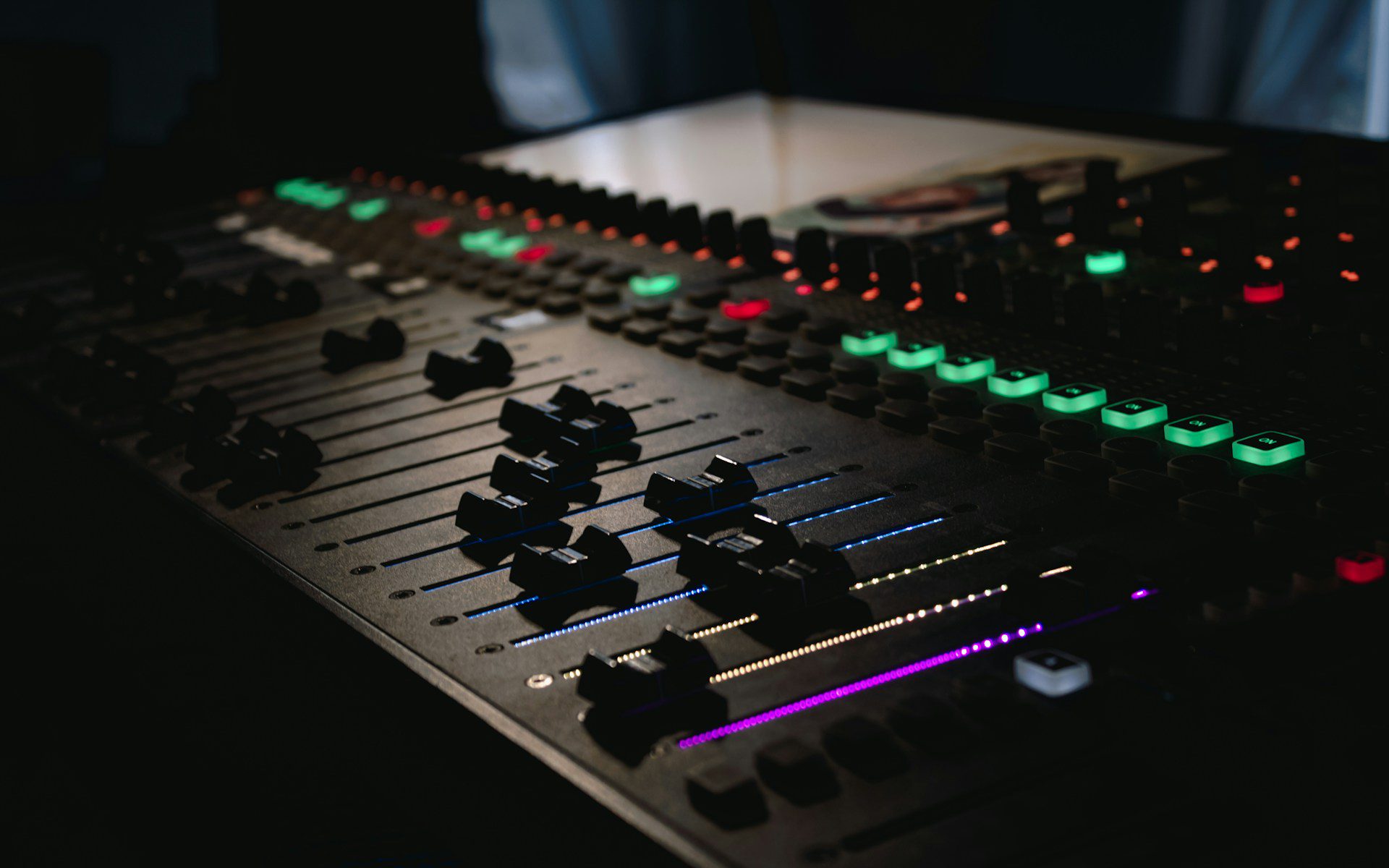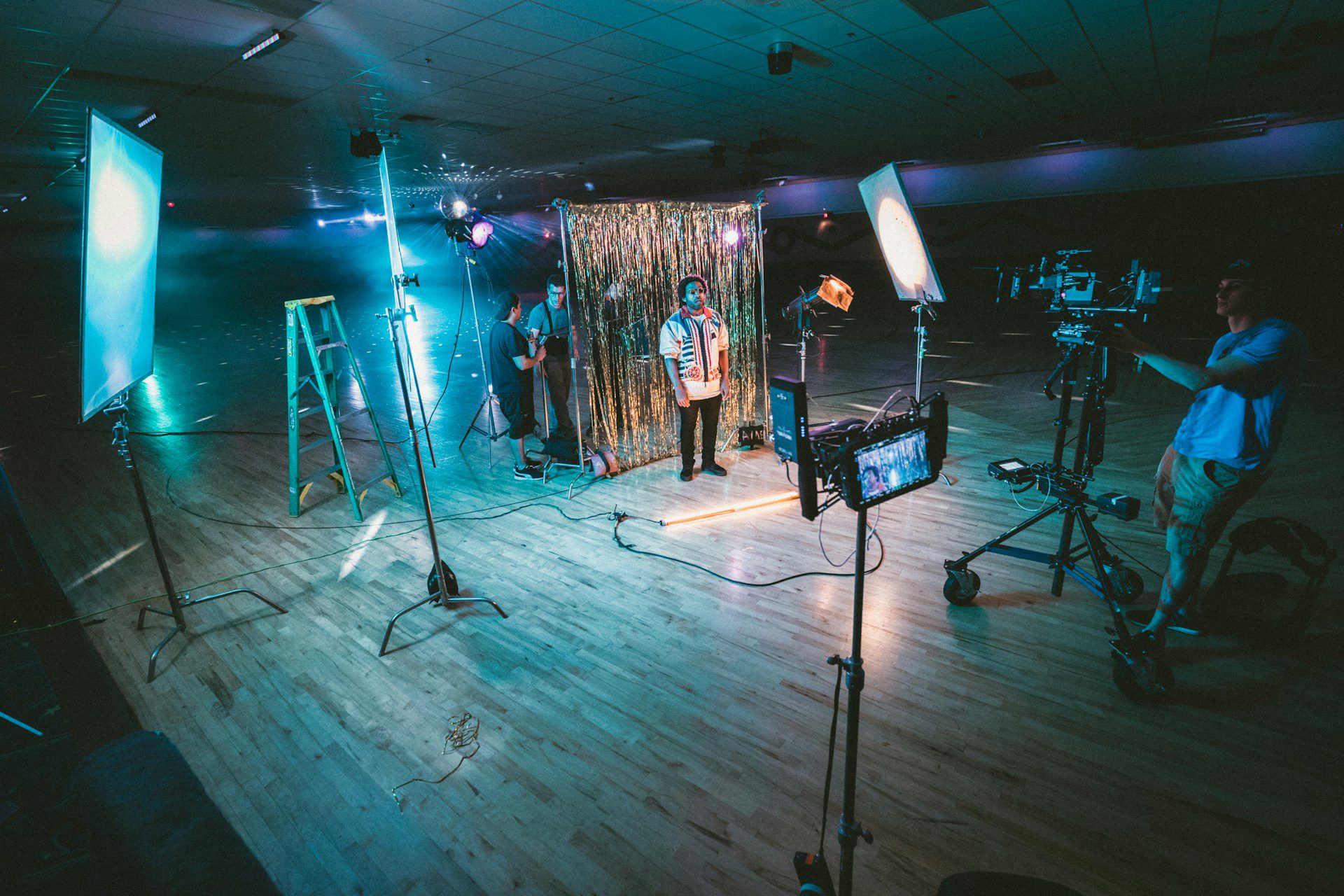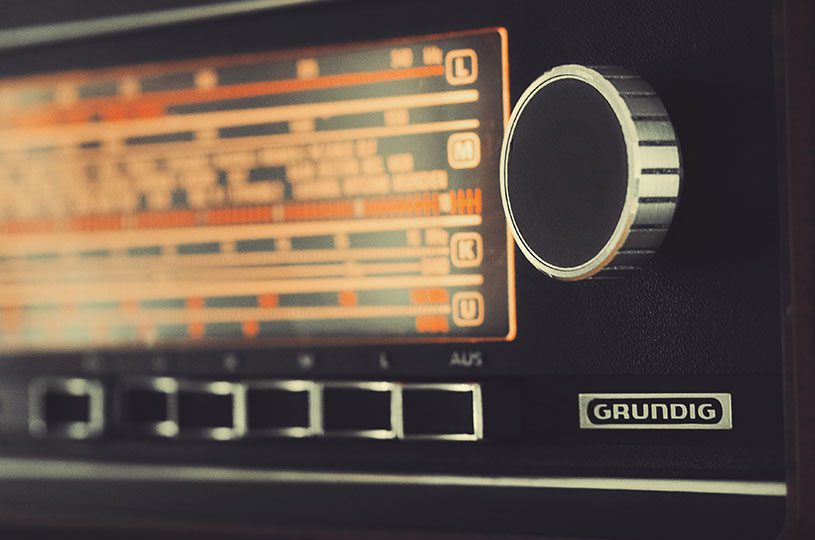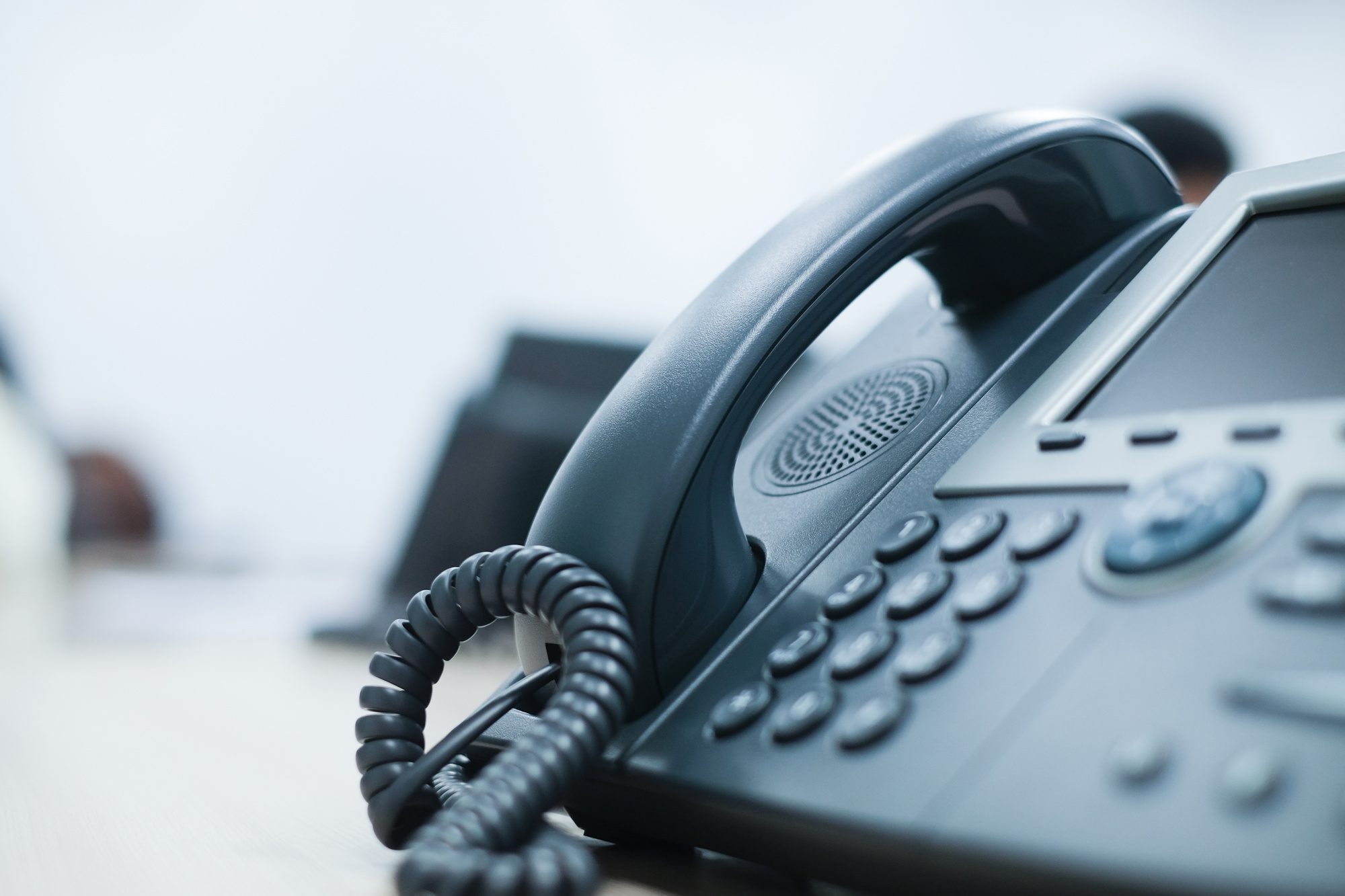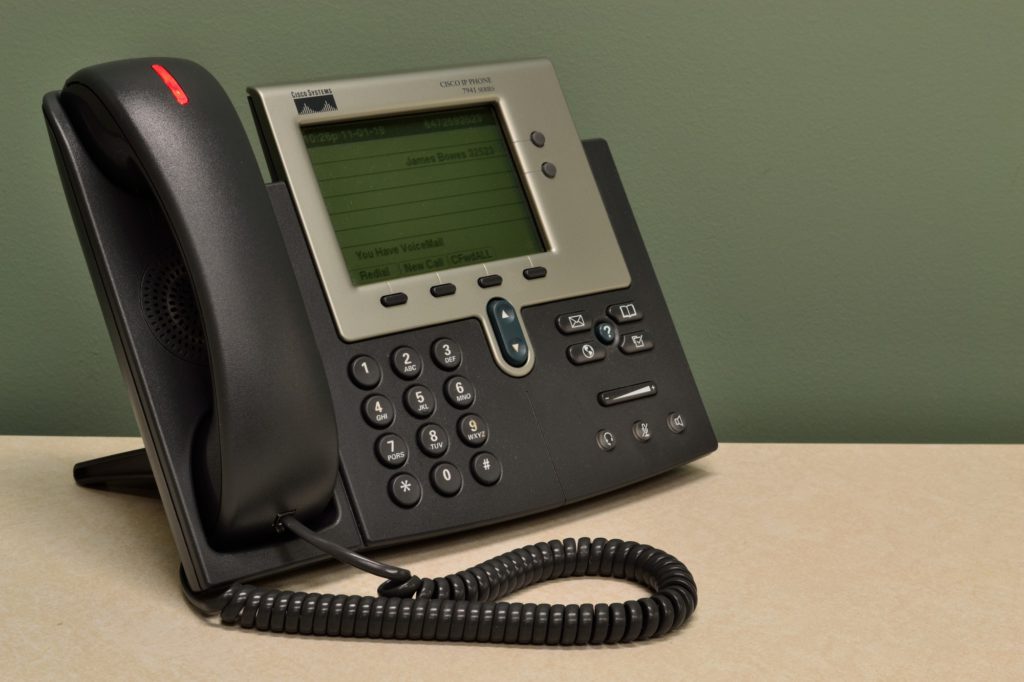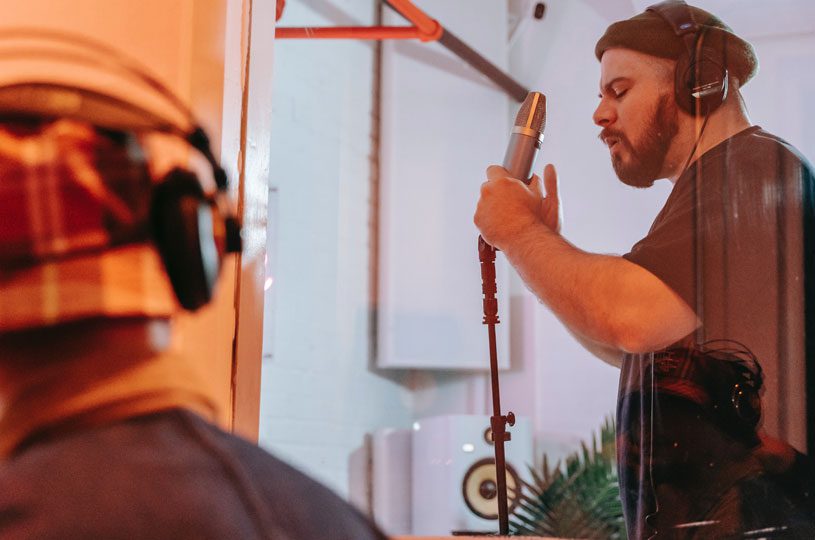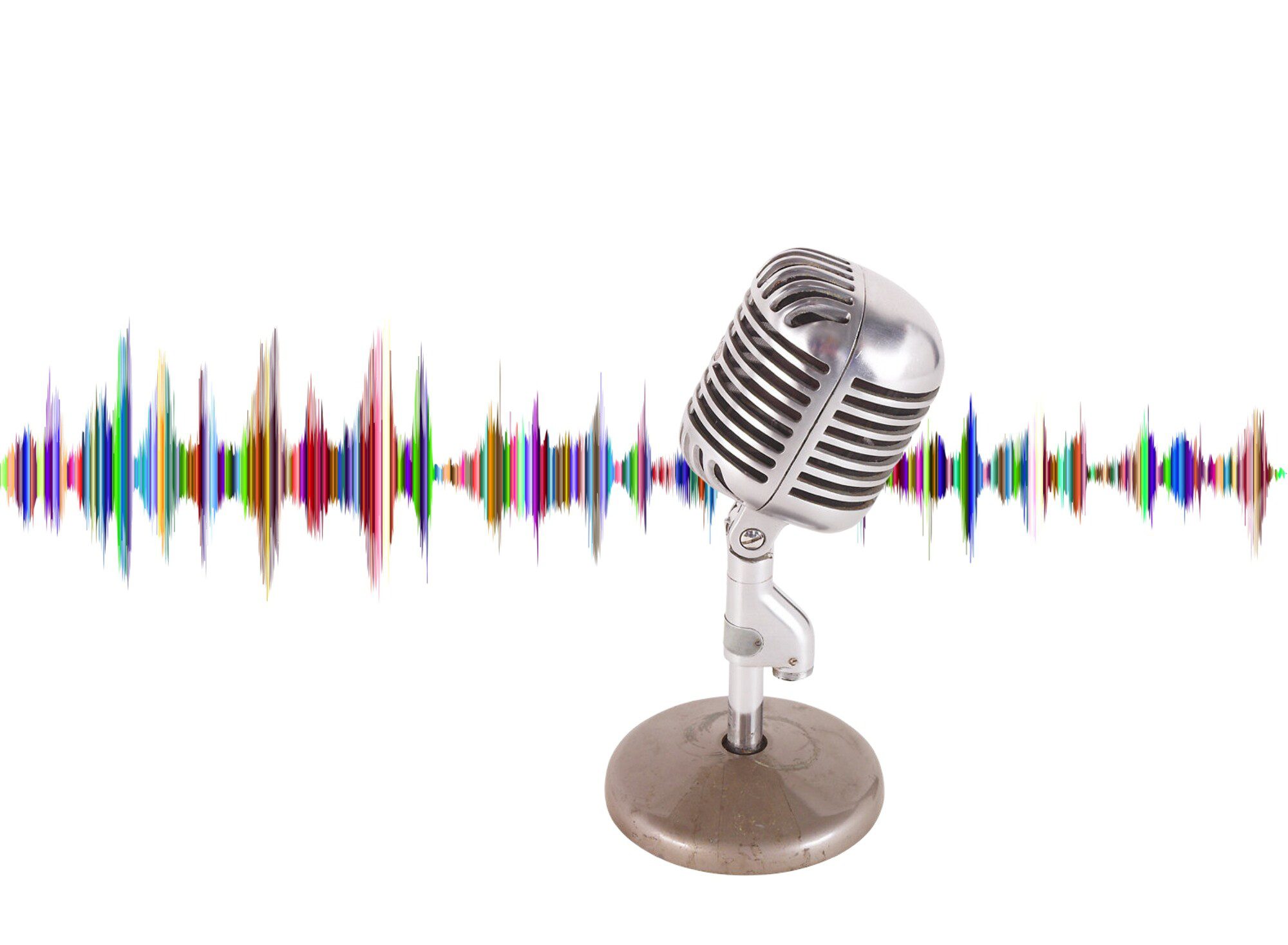Rebranding is an important aspect of maintaining and growing your business in an ever-evolving marketplace. Any meaningful rebranding effort requires revisiting every aspect of your company’s image and communication strategy, including media advertisements, visual design, and, of course, the unforgettable radio jingle. As one of the most powerful tools for building and reinforcing brand identity, a well-crafted radio jingle can effectively communicate your rebranded image to key audiences.
When executed correctly, your jingle becomes an auditory signature that instantly evokes your brand, making it an essential component of your rebranding strategy. It’s crucial to convey the essence of your rebranded image while still maintaining your brand’s core values and unique attributes. Fortunately, with the diverse range of musical styles, vocal talent, and content possibilities available in the world of radio jingles, you can create a memorable auditory representation of your reimagined brand identity.
Setting Clear Objectives for Your Rebranded Jingle
Identifying your primary objectives for the rebranding process is crucial before diving into the development of your new radio jingle. Consider the following questions as you set your goals:
1. What is the purpose of your rebranding? Has your company’s vision changed? Are you targeting a new audience segment? Understanding the reasons behind your rebranding can help you craft a jingle that reflects these changes.
2. What elements of your brand should remain unchanged? While rebranding might update your company’s core values or messaging, it’s equally important to identify aspects that should remain consistent, ensuring your brand’s existing audience remains engaged.
3. What emotions should your jingle evoke? Define the desired emotional response you want to evoke with your rebranded jingle, such as excitement, trust, or nostalgia, to create a strong emotional connection with your listeners.
Having clear objectives for your rebranding strategy can guide you in creating a new jingle that effectively communicates your updated brand image.
Selecting the Right Music and Voice Talent for Your Rebranded Jingle
The right music and voice talent can significantly impact the success of your jingle in conveying your rebranded image. Keep these factors in mind when making your selections:
1. Music genre and style: Match your music style to your rebranded brand identity, ensuring it resonates with your target audience and aligns with your brand’s values.
2. Instruments and production: Opt for instruments, arrangement, and sound production techniques that create a cohesive and polished final product that accurately represents your rebranded image.
3. Voice-over talent: Choose a voice-over artist whose tone, style, and delivery complement your brand’s personality and appeal to your target demographic. Additionally, consider accents and dialects based on the geolocation of your audience to foster a sense of relatability.
By carefully selecting the right music and voice talent, you can create an auditory experience that captures your updated brand identity and engages your target audience.
Leveraging Emotions and Narrative Elements in Your Rebranded Jingle
Incorporating emotions and narrative elements into your new radio jingle can enhance its effectiveness in connecting with your listeners. When crafting your jingle, consider the following tips:
1. Emphasize emotion: Infuse your jingle with emotionally resonant lyrics and melodies that align with your brand’s story, values, and messaging.
2. Create a story: Weave a narrative into your jingle that illustrates your brand’s promise and reflects the changes in your reimagined brand identity in a relatable way.
3. Balance familiarity and novelty: Strike a balance between maintaining recognizable elements of your previous jingle, such as the melody or tagline, while introducing fresh elements that convey your updated brand image.
Incorporating emotion and narrative in your jingle will create an emotional connection with your audience, helping them embrace and remember your rebranded identity.
Testing and Optimizing Your Rebranded Jingle
Before launching your new jingle, it’s critical to gather feedback and make any necessary adjustments to ensure it effectively communicates your rebranded image. Consider the following testing and optimization strategies:
1. Gather feedback: Seek input from focus groups, colleagues, or existing customers to gauge reactions to your jingle and gather insights for improvement.
2. Iterate and refine: Based on the feedback received, make necessary changes to your jingle, such as revising lyrics, adjusting tempo, or enhancing production quality.
3. Evaluate performance: Once your jingle is live, monitor its performance to assess the overall effectiveness of your jingle as part of your rebranding strategy.
Ongoing testing and optimization will help ensure your rebranded jingle is successful in conveying your updated brand identity to your target audience.
Conclusion
Utilizing radio jingles in your rebranding strategy can create a powerful auditory signature for your updated brand identity. By setting strategic objectives, selecting the right music and voice talent, incorporating emotions and narrative elements, and testing and optimizing your jingle, you can craft an unforgettable advertisement that resonates with audiences and drives brand recognition.
Trust Killerspots Agency for your radio ad production needs, and let our team guide you through the entire jingle creation process, elevating your brand to new heights. Contact us at 513-270-2500 or through our contact page to explore how our talented professionals can help transform your rebranding vision into a captivating radio jingle.
